The report “Global Supply Chain in Its Asian Era” by the consulting organization Roland Berger provides a comprehensive view of the global supply chain shift, in which Southeast Asia, including Vietnam, has emerged as a center. Experts from Roland Berger held an information session on this report on September 25, 2025 in Kuala Lumpur, Malaysia. Attendees included Mr. John Lown, Managing Partner of Roland Berger Southeast Asia; Mr. David Zhu, Vice President of Operations of Roland Berger, Greater China.
“Companies can no longer rely on just one global model. The real advantage lies in the ability to adapt to the new multipolar landscape,” said David Zhu.

Southeast Asia is transforming into a $3 trillion multi-centric supply chain platform for manufacturing and trade, according to a Roland Berger report.
Vietnam attracts huge capital flows into chips and electric vehicles
Roland Berger’s report assessed that Vietnam is showing its potential as a manufacturing hub with record FDI inflows into the chip, electronics and electric vehicle sectors. By 2024, Vietnam will attract $38 billion in foreign investment, while maintaining $200 billion in imports from China and $320 billion in exports to the US.
From 2019 to 2023, Vietnam led ASEAN with manufacturing GDP growth of 6.6%, reflecting the trend of diversification thanks to FDI. The government aims to increase the number of semiconductor factories from 1 (2024) to 3 (2040), and build 300 design centers and 20 packaging facilities, aiming to participate in the entire value chain in chips, electric vehicles and smart electronics.
"FDI in processing and manufacturing will increase from 20 billion USD in 2020 to 38 billion USD in 2024, with more than 60% focused on semiconductors and electronics. As a result, Vietnam's market share in chip assembly, testing and packaging is expected to reach 8.5% by 2032. In parallel, VinFast aims to increase battery electric vehicle production from 300,000 units in 2025 to 1 million units in the long term, affirming its strategy of combining high-tech production expansion with EV localization to become an important link in Asia's new supply chain," the report stated.
According to expert John Lown, Vietnam’s key competitive advantages lie in its low labor and manufacturing costs, its growing role in electronics assembly and semiconductor packaging, and its active participation in free trade agreements and regional networks such as RCEP. However, Vietnam still faces significant challenges, including high domestic logistics costs, a shortage of skilled engineers for high-tech industries, as well as risks from tariff policies.

Mr. John Lown, Managing Partner of Roland Berger Southeast Asia.
Expert John Lown highly appreciated Vietnam's active efforts to overcome and make appropriate policy amendments, including the Investment Law to encourage technology transfer and attract FDI, while issuing incentive packages for the semiconductor industry to attract foreign manufacturing plants and design centers.
"These policies are expected to strengthen Vietnam's position in the restructuring global supply chain," said Mr. John Lown.
Southeast Asia becomes a "hinge" in the shifting trend
A Roland Berger report states that Southeast Asia is becoming a “hinge” in the world ’s next industrial chapter. The region is considered both a starting point for the “China+1” strategy (a business strategy to diversify investments outside of China) and a transit point for China’s shift to high-tech manufacturing. In the context of rising tariffs, ASEAN countries are also trying to implement their own supply chain diversification efforts.
The trend of multi-hub supply chains is vibrant across Southeast Asia, and the RCEP agreements are further accelerating this flow: For example, components from Batam, Indonesia, are shipped to Binh Duong, then back to Penang, Malaysia, for testing and packaging before export.

Mr. David Zhu, Vice President of Operations, Roland Berger, China.
The industry landscape is also being redrawn: Indonesia, which is tapping 42% of global nickel reserves for battery development, plans to increase capacity from 10 GWh today to 140 GWh by 2030; Thailand aims to produce 2.5 million electric vehicles by 2040; the Philippines exports more than 370,000 tonnes of nickel and is expanding renewable energy by 5% annually; Malaysia remains a global OSAT powerhouse and is investing an additional $11 billion in semiconductor wafer production; the Philippines packages one-tenth of the world’s PMICs (integrated circuits); and Singapore continues to be a financial, R&D and logistics hub, attracting 71% of ASEAN FDI.
ASEAN governments facilitated with a series of policies: Thailand’s Eastern Economic Corridor with US$44 billion in investment and tax exemptions; Indonesia’s special economic zones with localization regulations; Malaysia’s expansion of the Penang–Johor semiconductor cluster; Singapore’s investment of S$100 million in green supply chains; Indonesia’s implementation of a national logistics ecosystem to reduce logistics costs to 6% of GDP. However, countries also face challenges in logistics and high-tech human resources like Vietnam.
For corporations, the key lesson is to design a “polycentric” network: for example, mining minerals from Indonesia and the Philippines; Malaysia and Vietnam for electronics manufacturing; relying on Thailand for electric vehicle assembly and coordinating the whole thing from the financial-digital hub of Singapore. Supply chain resilience needs to be built up first, through supply diversification, smart storage. Digitalizing governance with 5G corridors, IoT and forecasting systems can turn ASEAN’s fragmentation into a strategic advantage.
“In this fifth industrial wave, success will belong to businesses that coordinate across the region instead of just planting a new “flag”, Mr. John Lown shared.

Ms. Inga Korchagina, Marketing and Communications Director Asia of Roland Berger.
Converting from West to East
Roland Berger’s “Global Supply Chain in Its Asian Era” report (September 2025) highlights the strong shift of global supply chains from the West to the East, in which Southeast Asia is emerging as a center of benefit thanks to the “China+1” strategy, cost advantages and trade agreements such as RCEP. Global supply chains are shifting from a hyper-globalized model to a more regionalized, sustainable and flexible network, due to the impact of trade conflicts, geopolitical fluctuations and green transition requirements. Asia is forecast to become a new value center through three shifts: from “world factory” to “integrated value chain”, from fragmented competition to integrated leadership, and from low-cost competition to symbiotic cooperation.
Southeast Asia has emerged as a $3 trillion supply chain platform, with advantages in low-cost manufacturing, abundant resources, new logistics hubs and resilience to tariffs. However, the region faces many challenges: unsynchronized infrastructure, shortages of technical manpower, fragmented regulations and geopolitical risks as it balances the US and China blocs.
The report examines the roles and strategies of nine countries. Indonesia has the potential to become a battery hub thanks to its nickel reserves. Malaysia has a strong position in OSAT and semiconductors. Vietnam attracts FDI in electronics, chip and electric vehicle manufacturing. Thailand focuses on EV and high-tech development. The Philippines combines OSAT and BPO, but faces high energy costs. Singapore maintains its role as a high-value logistics and coordination hub.
In conclusion, the Roland Berge report recommends that to maintain the momentum of development, the region needs to upgrade infrastructure, train human resources, standardize ASEAN regulations and take advantage of both the US and China supply blocs in parallel. The global supply chain is entering the “Asian era”, with Southeast Asia playing a new central role, with many opportunities and many challenges.
Source: https://vtcnews.vn/viet-nam-o-dau-trong-chuoi-cung-ung-da-trung-tam-3-nghin-ty-usd-dong-nam-a-ar969062.html




![[Photo] Prime Minister Pham Minh Chinh chairs meeting to deploy overcoming consequences of storm No. 10](https://vphoto.vietnam.vn/thumb/1200x675/vietnam/resource/IMAGE/2025/10/3/544f420dcc844463898fcbef46247d16)

![[Photo] Students of Binh Minh Primary School enjoy the full moon festival, receiving the joys of childhood](https://vphoto.vietnam.vn/thumb/1200x675/vietnam/resource/IMAGE/2025/10/3/8cf8abef22fe4471be400a818912cb85)

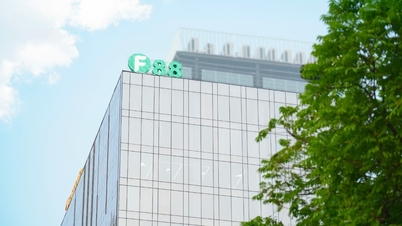

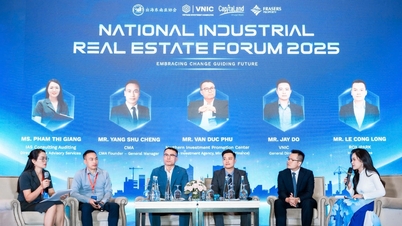



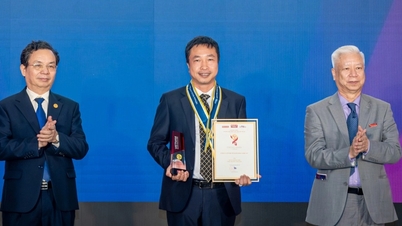



























































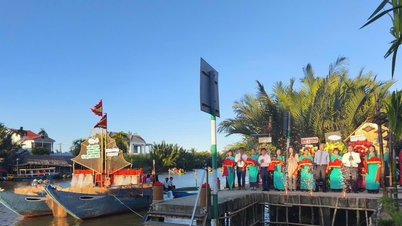



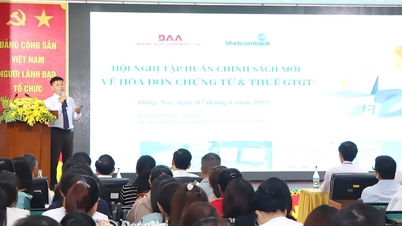
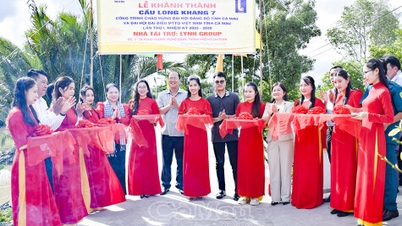

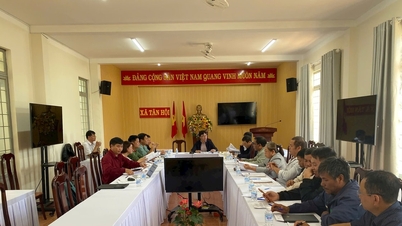

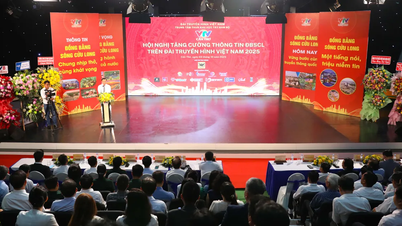












Comment (0)